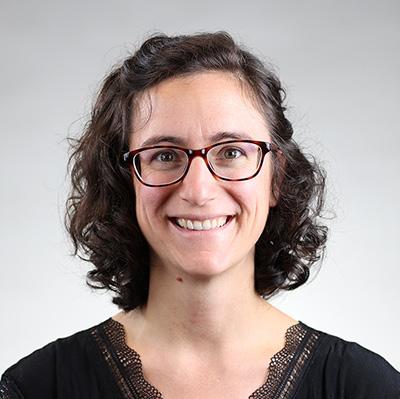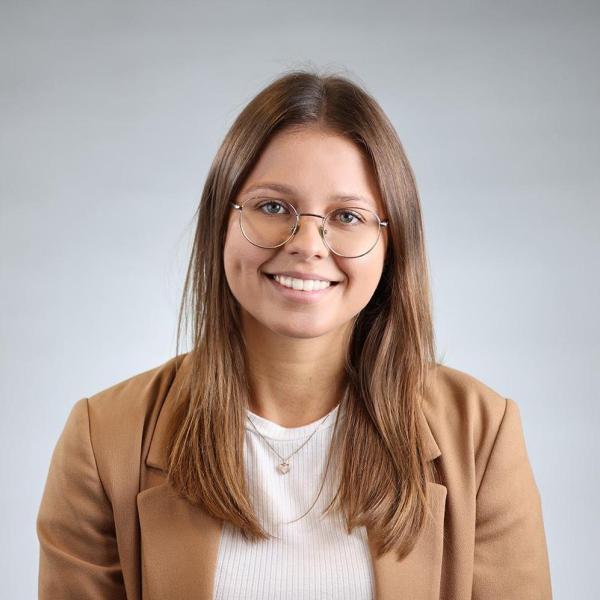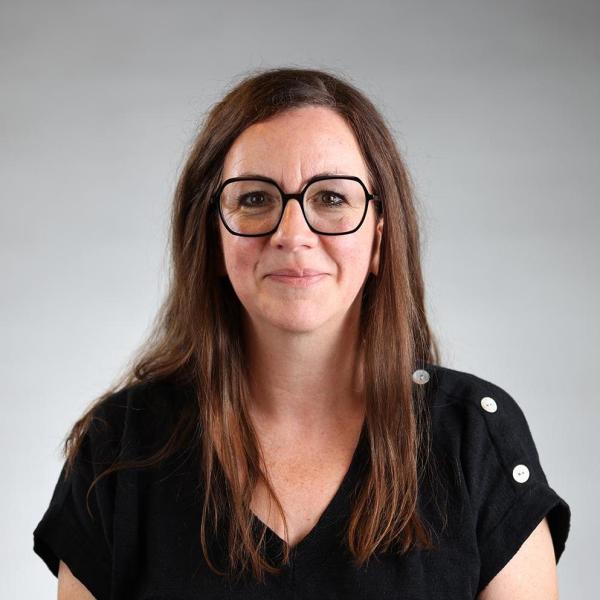Coordinated by Dr Diana Walther, Romane Challet and Sophie Rigolet at the University of Fribourg's Institute of Family Medicine (IFM), the Swiss Medical Advisory Network on Non-Ionising Radiation (MedNIS) aims to improve care for people suffering from electro-hypersensitivity. The project has three main strands: specialised consultations offered by advising doctors, a cohort study on electromagnetic fields and health, and information for affected patients, the scientific and medical community, and the general public.
From visible light to the fields emitted by high-voltage lines, microwaves and telecommunications frequencies, a whole spectrum of electromagnetic (EM) radiation surrounds us every day. Known as “non-ionising radiation” (NIR), it does not have enough energy to alter molecules. What is more, the intensity of such rays is legally kept below the levels at which they can have biological effects. As a result, most people are not even aware of their presence.
However, the situation is different for a section of the population affected by a condition known as electro-hypersensitivity (EHS). The people concerned suffer from a variety of symptoms that they attribute to exposure to EM fields and for which there is, in their case, no other medical explanation. Headaches, sleep disturbances, difficulty concentrating or tinnitus – these symptoms are non-specific, meaning that they can have a variety of causes. Nevertheless, a link is often made between their appearance and a change in the person's everyday life, such as moving near a 5G antenna or installing a new WiFi router.
In order to gain a better understanding of this phenomenon and improve medical care for those affected, the Swiss Medical Advisory Network on Non-Ionising Radiation was set up in 2023 by the Institute of Family Medicine, on behalf of the Federal Office for the Environment. Abbreviated MedNIS (NIS standing for “nichtionisierende Strahlung”; NIR in German), the project has three main strands: specialist consultations for people suffering from EHS, a study on EM fields and health, and information for patients and their relatives, health professionals, the scientific community and the general public.



From left to right: Dr Diana Walther, medical manager; Romane Challet, scientific collaborator; Sophie Rigolet, administrative collaborator
Many ways to get better
Spread across Switzerland, the MedNIS network's advising doctors provide specialised medical consultations for electro-hypersensitive individuals who request it. To make things easier for both doctors and patients, these consultations are organised by Sophie Rigolet, administrative collaborator in the coordination team. After the medical appointment, the advising doctor sends his or her recommendations for treatment to the coordination team, the patient and the patient's general practitioner, who then takes care of the medical follow-up.
“It is important to say that most cases of EHS are transient,” reassures Dr Diana Walther, medical manager of the MedNIS project. “It is a disorder where the body is affected in the way it functions,” continues the specialist in prevention and public health, “so the therapeutic aim is to restore its proper functioning.” This can be achieved in several ways, starting with the person's environment. Apart from the presence or absence of EM radiation, various factors such as ambient noise, air quality and light exposure have an influence on the body's ability to recover.
“Lifestyle is another critical pillar,” Dr Walther continues. Healthy eating habits, quality sleep, sufficient physical activity and strong social ties are all levers that can have a significant impact on health and well-being. It is also crucial to treat any concomitant pathologies, whether physiological or psychological, to improve the body's resilience in the face of EHS. Finally, managing the stress associated with the symptoms should not be neglected. “Generally speaking, the treatment consists of putting the body in conditions that favour recovery, and it is by acting on multiple fronts that the treatment is most effective,” Dr Walther sums up.
Giving a voice to those affected
To date, no causal link has been scientifically demonstrated between exposure to EM fields and the symptoms of EHS. For Dr Walther, it is nonetheless essential to take those affected seriously. “This is a population that is often ignored,” she says, “yet their suffering is real.” The main aim of the MedNIS cohort study is therefore to give a voice to this population in order to gain a better understanding of what they experience
Participation in the study is open to anyone over the age of majority living in Switzerland who suffers from EHS, and will run until the end of August 2025. Participants are asked to answer a questionnaire anonymously about their environment, their symptoms and the measures they have taken to alleviate them. After the recruitment phase, further questionnaires will be sent to monitor changes in the participants’ health. For the time being, Romane Challet, scientific collaborator on the MedNIS project, is analysing the data already collected from some 250 people since the study began.
Meanwhile, Sophie Rigolet is in charge of recruiting more participants, in the hope of reaching the 500 required for optimum results. “The more participants we have, the more representative a picture we get of their experience,” Dr Walther says. EHS can manifest in a variety of ways, which is why a large-scale survey is necessary to be able to offer therapeutic solutions that are as well adapted as possible to this condition.
Broad-spectrum information
The other major aim of the study is to share the acquired knowledge, not only within the scientific community, but also with the general public. In addition to the people affected and their families, the aim is also to inform their general practitioners, who are often powerless in dealing with the problem. The MedNIS team wants to provide long-term resources that will be accessible to everyone on their website, such as information sheets and workbooks “to guide patients and healthcare professionals along the path to understanding EHS and recovery”, as Dr Walther puts it.
For the time being, MedNIS is still recruiting advising doctors. Any general practitioner based in Switzerland with an interest in EHS is welcome to join the project. They will benefit from basic training on the subject as well as one symposium per year. In addition, quality circles are organised four times a year by the coordination team, with the aim of continually refining the services offered by the MedNIS structure. “This is a pioneering project,” Dr Walther concludes. “Our hope is that it will continue to improve over time to meet the needs of patients and doctors as effectively as possible.”
Banner image by Joe via Pixabay